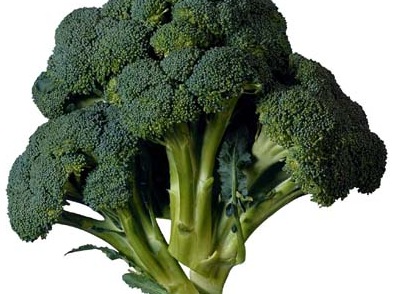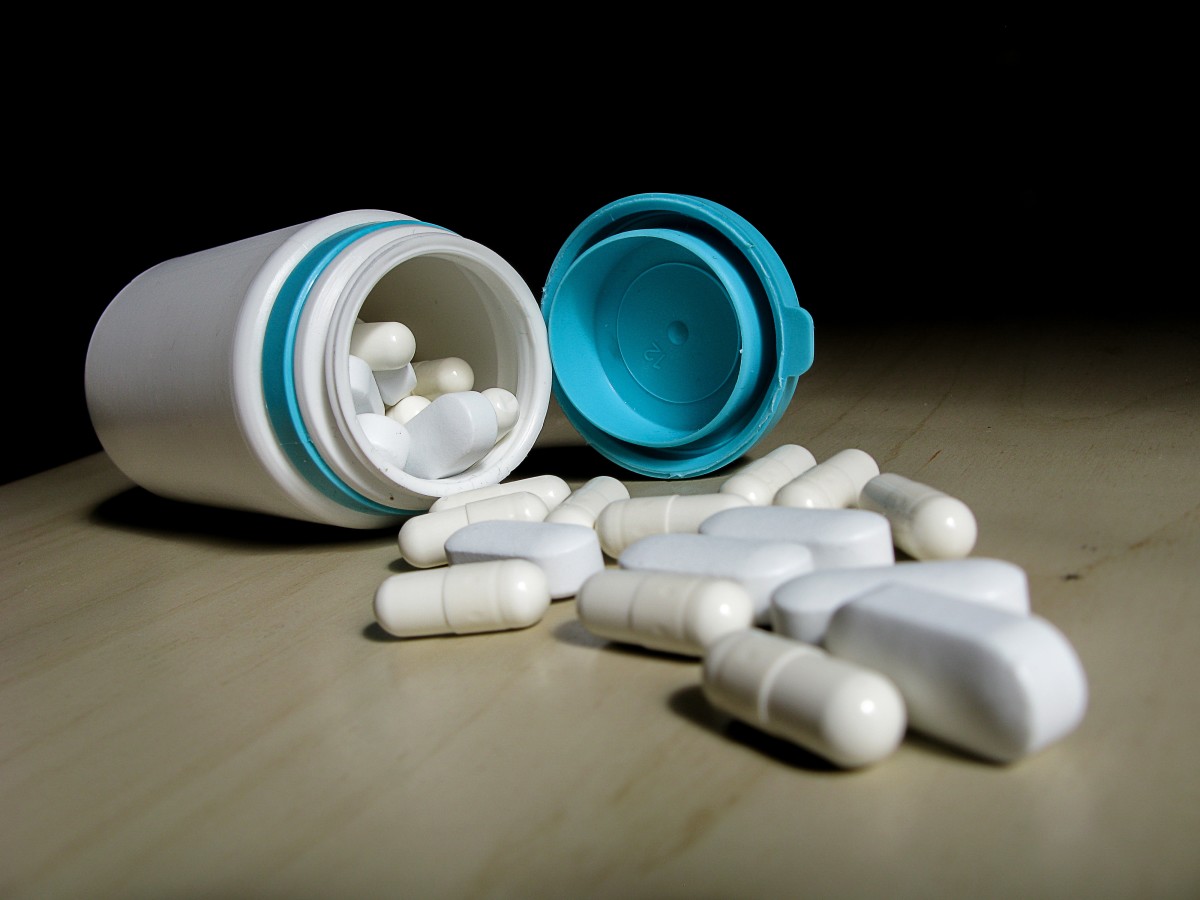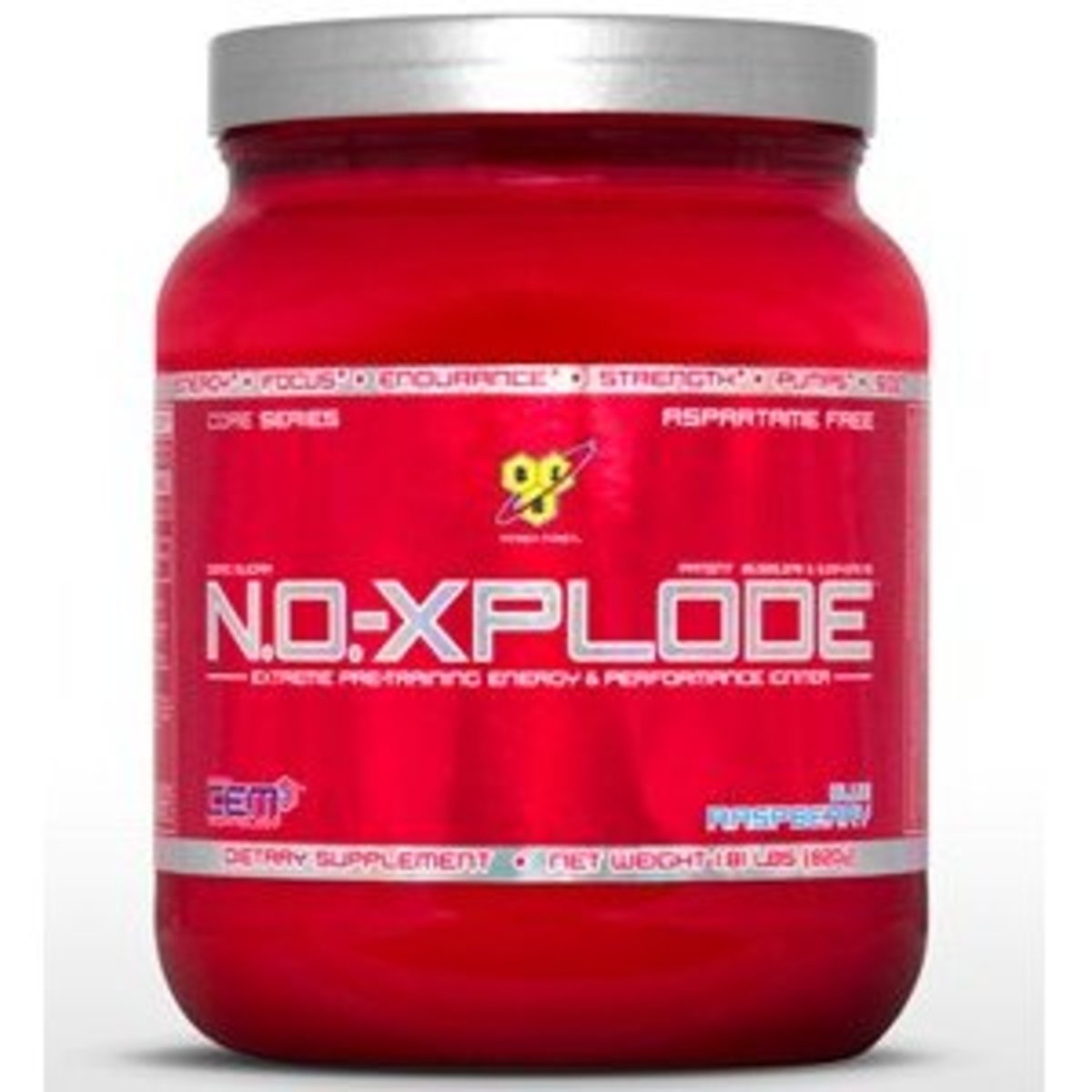Vitamin E (Antisterility Vitamin) and Vitamin K (Coagulation Vitamin): Their Health And Medical Significance
Infertility: VItamin E Deficiency

Vitamin E (Antisterility Vitamin)
Vitamin E is a tocopherol. Among the tocopherols, alpha tocopherol is the most easily absorbed and biologically most active compound. All vegetable oils, wheat germ, cotton seeds, egg yold, butter and peas contain this vitamin and the average western European diet contains the daily requirement (15 IU or 5 mg).
Vitamin E which is a strong antioxidant prevents the peroxidation of cellular and subcellular membrane phospholipids. It is probably involved in preserving the integrity of cell membranes. In cattle and poultry, vitamin E deficiency may lead to infertility. Nutritional deficiency of vitamin E is rare. Excess of free fatty acids in the diet increases the requirement for vitamin E. In premature infants, fed on artificial diets, containing iron and high concentrations of fatty acids, conditioned deficiency may develop, leading to the production of hemolytic anemia.
The Avocado: A Vitamin K source

Bleeding
Vitamin K (Coagulation Vitamin)
The vitamin which is chemically a substituted naphthoquinone is present in adequate amounts in vegetable oils and green leafy vegetables as vitamin K1 (phytomenadione). Rich sources include green leafy vegetables, liver and pulses. Milk is a poor source. The colomic bacteria also synthesise the vitamin (Vitamin K2) and this supplements the dietary source. Naturally occurring vitamin K is fat soluble. The synthetic form of this vitamin is vitamin K3 which is water- soluble. This can be given intramuscularly or intravenously, unlike the oily preparations which can be given only intramuscularly. Daily requirement is not clearly known, but is probably 0.3 mg/Kg body weight. Body sources are limited and therefore signs of deficiency develop within 3 to 4 weeks of dietary deprivation.
Oxidative phsophorylation processes which take place in cellular mitochondria require the presence of vitamin K, vitamin K- dependent coagulation factors (Factors II, VII, IX and X) are produced in the inactive form by the liver, and vitamin K is required for their biological activation.
Vitamin K deficiency occurs in conditions associated with malabsorption of fat such as obstructive jaundice and malabsorption states. Prolonged treatment with broad spectrum antibiotics destroys the colonic bacteria which synthesize this vitamin. Deficiency manifest as mild or severe bleeding tendency occurring from injection sites, mucous membranes and skin. Injection of vitamin K in doses of 5 to 10 mg corrects the defects, if hepatic parencymal function is normal. In the presence of hepatic failure, vitamin K may not be effective.
Hemorrhagic Disease Of Newborn

Conditioned Deficiencies Of Vitamin K
Hemorrhagic disease of the newborn: Hemorrhage may develop in newborn infants occasionally, Prematurity predisposes to this condition. Vitamin K deficiency in the mother and anticoagulant medication aggravate this disorder. Hemorrhagic tendency develops on the second or third day of delivery. This is due to exaggeration of the physiological hypoprothrombinemia which develops before the colon is colonized by bacteria. A dose of 1 mg of vitamin K1 given intramuscularly to the baby brings about relief. Synthetic vitamin K is also effective. Larger doses have to be avoided since these lead to hemolysis. Administration of 5 to 10 mg vitamin K to the mother in late pregnancy abolishes this risk in the newborn.
Anticoagulant therapy: Use of coumarin drugs or warfarin leads to alteration in the synthesis of coagulation factors. As a result, proteins antigenically similar to factors II, VII, IX, and X are produced but they lack the procoagulant properties. Excess of anticoagulants leads to hemorrhagic tendency. Bleeding occurs from injection sites, urinary tract, gastrointestinal tract, and uterus. Intramuscular injection of 10 mg vitamin K is usually effective. When the bleeding tendency is severe, large intravenous doses (50 to 75 mg) may be required. In addition, transfusion of fresh blood or vitamin K-dependent coagulation factors may also be necessary.
© 2014 Funom Theophilus Makama








